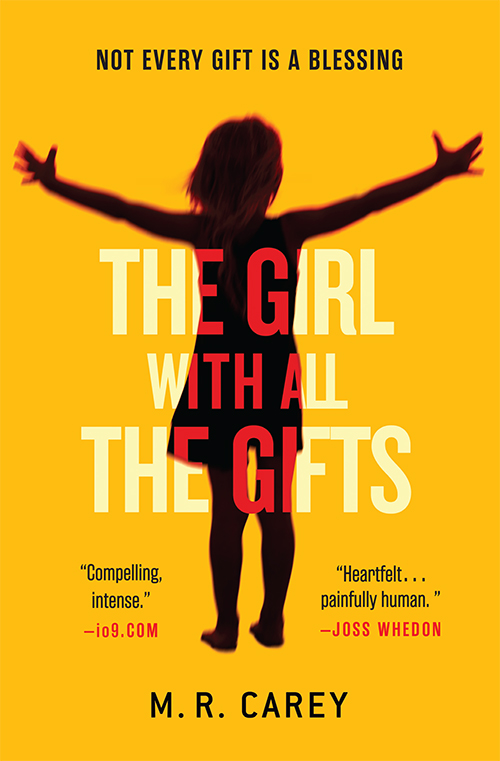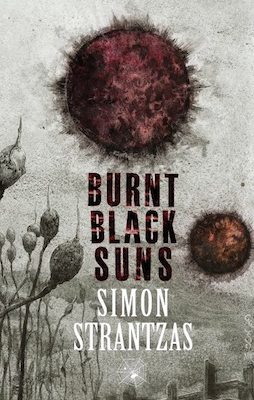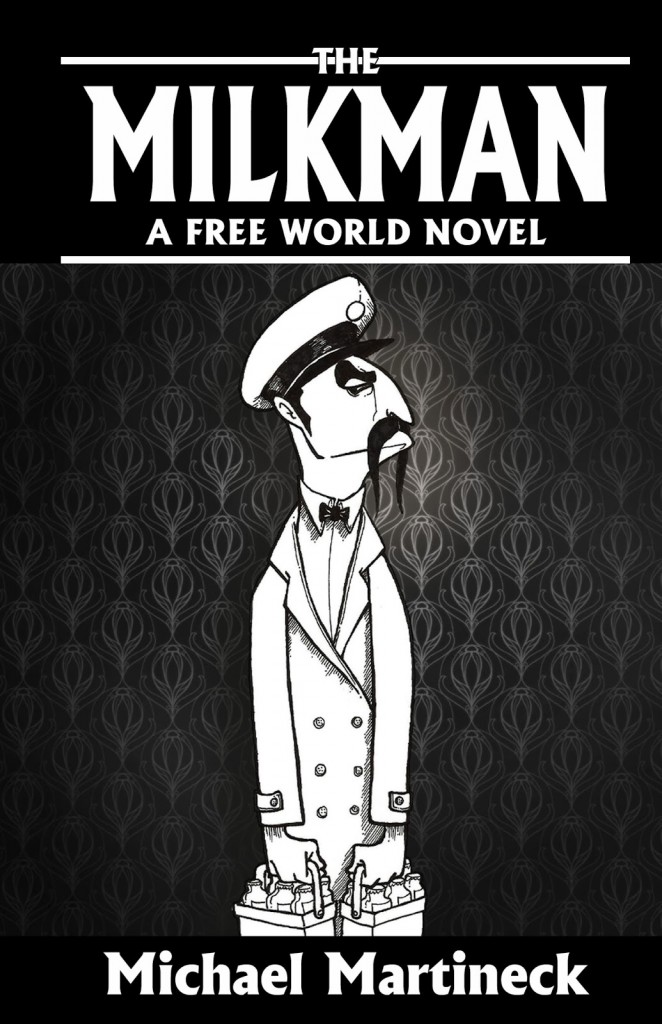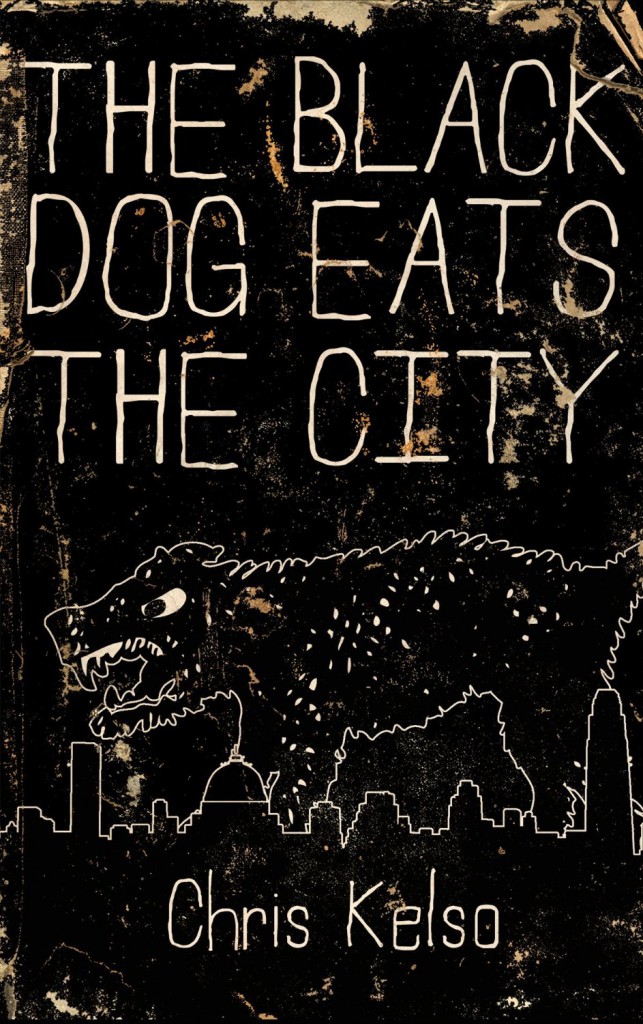Welcome to this week’s installment of The Scariest Part, a recurring feature in which authors, comic book writers, filmmakers, and game creators tell us what scares them in their latest works of horror, dark fantasy, dark science fiction, and suspense. (If you’d like to be featured on The Scariest Part, check out the guidelines here.)
My guest is M.R. Carey, whose latest novel is The Girl With All the Gifts. I’m especially thrilled to have him on the blog today because I’m a huge fan of his alter ego, Mike Carey. His Lucifer comics series for Vertigo blew me away, and I was honored when he was kind enough to blurb my novel Dying Is My Business. Having him on The Scariest Part makes me very, very happy, and The Girl With All the Gifts sounds like an amazing new direction in his body of work. Here’s the publisher’s description:
Melanie is a very special girl. Dr Caldwell calls her “our little genius.” Every morning, Melanie waits in her cell to be collected for class. When they come for her, Sergeant keeps his gun pointing at her while two of his people strap her into the wheelchair. She thinks they don’t like her. She jokes that she won’t bite, but they don’t laugh. Melanie loves school. She loves learning about spelling and sums and the world outside the classroom and the children’s cells. She tells her favorite teacher all the things she’ll do when she grows up. Melanie doesn’t know why this makes Miss Justineau look sad.
And now, let’s hear what the scariest part was for M.R. Carey:
I was at a comics convention in Barcelona last week. It was a really great show, but one of the best parts, completely unanticipated, was that I got to hang out with Pia Guerra and Ian Boothby, who are great company and great human beings. At one point we were talking about old British sci-fi shows, and Ian made an interesting comment. “We’ll be watching something, and a kid will be in danger — but we’ll think no, no way. They’re never gonna kill the kid. Unless it’s a British show. You guys won’t even think twice about doing that.”
I don’t know what the scariest part of The Girl With All the Gifts will be for an audience. It has a lot of tense moments, a few big shocks, more than a few gory scenes and tragic ones, but how you react to that stuff is very personal — and the biggest scares usually have other ingredients, other bits of emotional charge that modulate the fear and put an unexpected spin on it. A good horror story will take you to places you weren’t looking to go. That’s almost the entire brief, in some ways.
What I can talk about, though, is the bit that was scariest for me to write. There’s no contest. It was traumatic, and if I ever go into therapy I’m sure it will account for several sessions before the therapist throws in the towel and tells me that the technical term for what I am is a sick fuck.
My protagonist in Girl is…well, a girl. A ten-year-old, Melanie, who for various spoiler-related reasons has spent her whole childhood in an army base as a virtual prisoner. Only her captors don’t think of her as a prisoner. They think of her as a medical specimen. The pathogen that has infected Melanie normally has the side effect of erasing all higher cognitive functions. It turns you into an animal, essentially — and an animal dedicated to spreading the infection by whatever means. In a few cases, as with Melanie, that doesn’t happen. But the base personnel still believe that the infection is in the driving seat. This isn’t a little girl. It’s a disease that looks like a little girl.
And Melanie doesn’t think of herself as a prisoner, either. She’s never known any life apart from this, and she doesn’t know enough to question it. She likes and trusts most of the adults around her, thinks of them as her friends, and does as she’s told because at rock bottom she’s a good kid who thrives on praise and occasional tiny acts of kindness.
So anyway. There’s a scene in which Caroline Caldwell, the biologist in charge of the base’s research program, decides she needs a whole lot more raw data on what the disease does to the human brain — especially the brains of these kids who can still talk and reason after they’ve caught it. So she brings Melanie into the lab, straps her down on an operating table (with the help of another doctor, Selkirk) and prepares to dissect her. While she’s both alive and conscious. This last point isn’t random sadism: the infected kids don’t respond to anaesthetic so there’s no humane option.
I should pause at this point and add one significant detail. I was writing this scene on my tiny, creaky netbook, on the London Underground, on the way into town for a meeting. Commuters are sitting on either side of me, looking over my shoulder because what I’m doing is marginally more interesting than the haemorrhoid ads on the opposite wall of the carriage.
And what they’re reading is a scene in which two adults vivisect a child.
I had a strange moment in which my perspective tilted over. I saw the scene from an objective distance all of a sudden, instead of from right in the middle of it. And I had to stop. My brain just locked. I dried up in the middle of a sentence, shut the netbook down and put it away. I think it was about a week before I went back to the scene and finished it, and I had to creep up on it by writing the next chapter and then the one after before coming back to close the gap.
It wasn’t just the fact that this awful thing was happening to a child. It was the emotional payload of having Melanie — initially at least — going along with it because she doesn’t understand what’s happening and she knows and trusts the adults involved. It was the scariest part because it was an emotional and psychological tightrope walk over an abyss of all too believable and recognisable cruelty and abuse.
Cruelty to children. Despite what you may have heard it’s not easy, even for British writers.
But after that the scenes in which the characters are attacked and besieged by thousands of infected “hungries” in a derelict hospital that may be full of infected former patients were a piece of cake.
The Girl With All the Gifts: Amazon / Read an excerpt & order from other bookstores in the US, UK, and Australia
M.R. Carey is an established writer of prose fiction and comic books. He has written for both DC and Marvel, including critically acclaimed runs on X-Men and Fantastic Four, Marvel’s flagship superhero titles. His creator-owned books regularly appear in the New York Times graphic fiction bestseller list. He also has several previous novels and one Hollywood movie screenplay to his credit.





